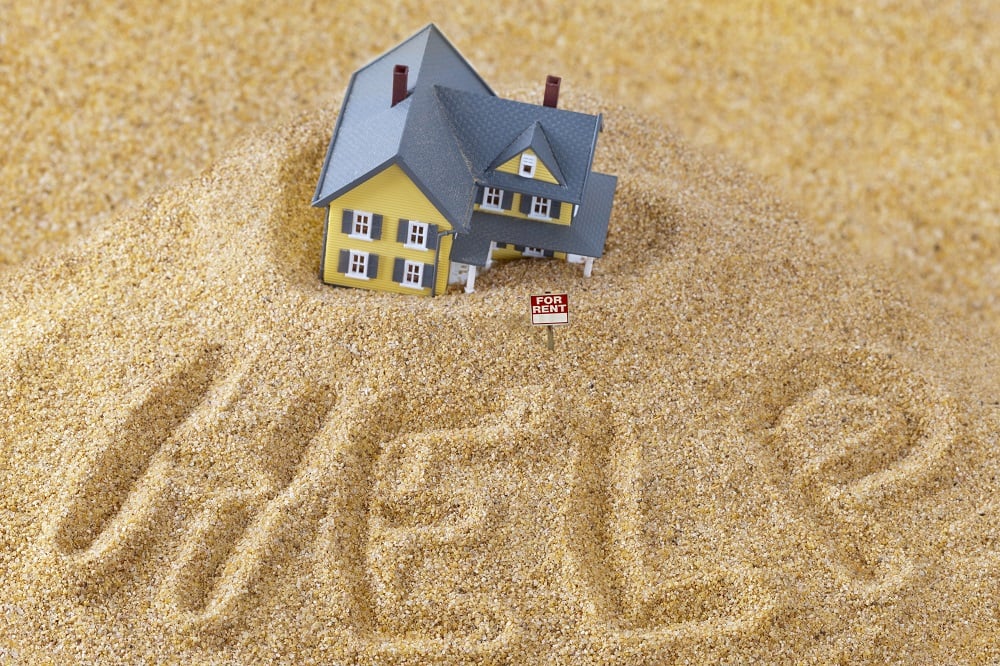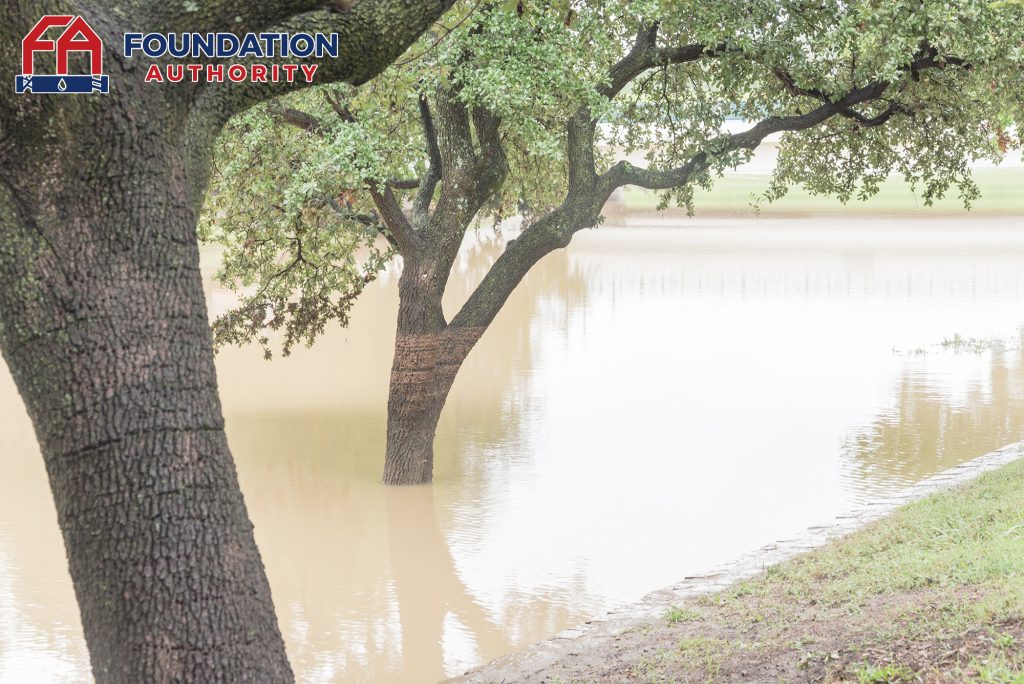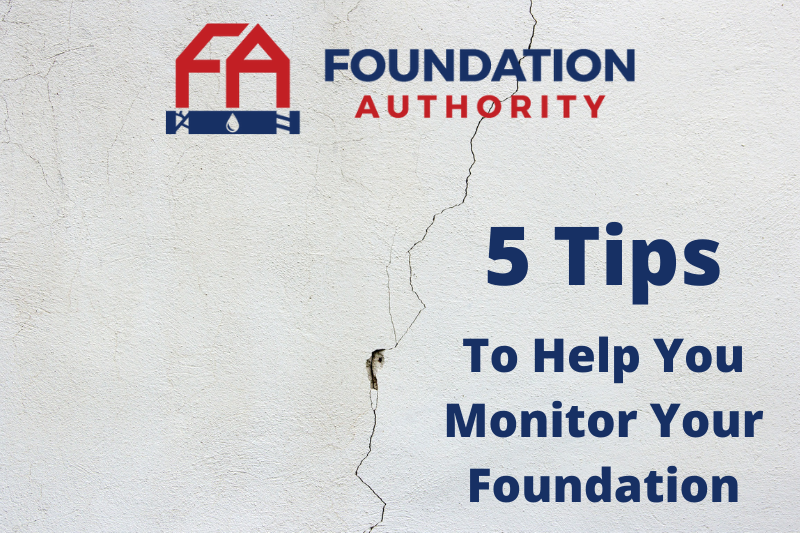
If you live in an area with shifting soil, it’s important to be aware of the potential impacts this can have on your home. Shifting soil can cause your foundation to settle and crack, which can lead to serious problems like structural damage and leaks.
If you think your home may be at risk, there are a few things you can do to protect it. First, you should have your foundation inspected by a professional. If they find any damage, they can help you determine the best way to repair it.
You can also take steps to prevent shifting soil from impacting your home in the first place. One way to do this is to plant deep-rooted plants around your home. This will help to stabilize the soil and keep it from shifting.
If you live in an area with shifting soil, be sure to keep these things in mind in order to protect your home!
Soil is important to the stability of your home
The soil around your home is important for its stability. Soil can shift and settle over time, which can cause problems with your foundation. The type of soil around your home can also affect how much it shifts.
There are two main types of soil shifts: lateral and vertical.
Lateral soil shifts occur when the soil around your home expands or contracts. Changes in moisture levels can cause this issue. For example, if the ground becomes very dry, the soil will shrink. This can cause your foundation to settle and crack. On the other hand, if the ground becomes very wet, the soil will expand. This can put pressure on your foundation and cause it to crack or even collapse. Vertical soil shifts occur when the ground underneath your home rises or falls. This can happen due to changes in the water table or erosion. For example, if the water table rises, the ground will become saturated and start to sink. This can damage your foundation and cause your home to settle. Similarly, if there is a lot of rain or flooding, the ground can erode. This can also damage your foundation and cause your home to settle.
Soil shifts and settles over time
As mentioned above, soil shifts and settles over time. This can happen due to a variety of factors, including changes in moisture levels, the water table, and erosion. These shifts can cause problems with your foundation, including cracks, settling, and even collapse.
The type of soil around your home can affect how much it shifts
As mentioned above, the type of soil around your home can affect how much it shifts. There are two main types of soil: clay and sand. Clay soil is more likely to expand and contract, while sandy soil is more likely to shift and erode. If you live in an area with clay soil, it’s important to be aware of the potential for shifting and take steps to protect your home.
There are several things you can do to prevent damage from soil shifting
If you live in an area with shifting soil, there are several things you can do to prevent damage to your home.
1.) Have your foundation inspected by a professional. If they find any damage, they can help you determine the best way to repair it.
2.) Take steps to prevent shifting soil from impacting your home in the first place. One way to do this is to plant deep-rooted plants around your home. This will help to stabilize the soil and keep it from shifting.
3.) Be aware of the signs of shifting soil. These can include cracks in your walls or foundation, doors or windows that stick, and gaps between your floor and walls. If you notice any of these signs, you should have your home inspected by a professional. Taking these steps will help to protect your home from the damaging effects of shifting soil!
If you need expert foundation services for your beautiful home, visit our contact page to connect with our team.



